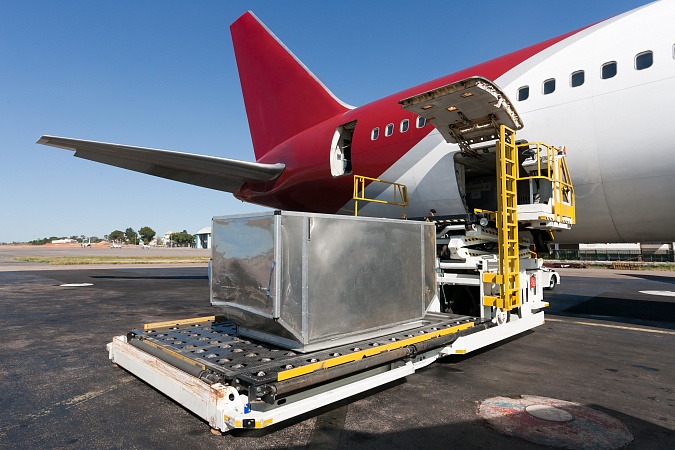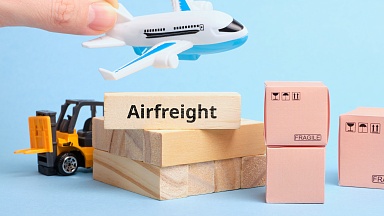Air freight spot rates ex-Asia have surged again this week to their highest level this year and some of the highest levels on record, with significant increases from Hong Kong (HKG) and Shanghai (PVG) to North America and Europe.
The latest figures from the Baltic Air Freight Index (BAI) sees average spot rates on PVG to North America rising a further 4% this week to US$11.43 per kilo, up from last week’s already exceptionally high level of $10.98, while HKG to North America prices have soared above the US$10 mark, rising more than 8% this week to $10.52 per kilo at $9.70 per kilo this week, as strong peak season demand collides with highly constrained capacity heightened by the recent further constraints to capacity at PVG due to Covid-related shutdowns.
Prices to Europe have risen even more strongly beyond their already elevated levels in recent weeks, rising more than 18% this week on PVG to Europe from US$6.06 to $7.19 per kilo, while HKG-Europe prices have also seen double-digit price rises, increasing more than 13% from US$5.24 per kilo to $6.04 per kilo.
Peak quarter looming
In his monthly market commentary at the start of this month, logistics investment analyst Stifel’s Bruce Chan, Director & Senior Analyst for Global Logistics & Future Mobility Equity Research, highlighted that the start of October brings China’s National Day Golden Week, «which has shippers scrambling to move inventory in an already constricted capacity market. Meanwhile, the holiday peak looms.»
He added: «While we do not expect 4Q21 volumes to be as much of a surprise as 4Q20 volumes, we do expect core demand levels to be comparable or even higher, year-over-year. And thus, shippers should anticipate rates to be comparable or even higher, year-over-year.»
Chan continued: «But more than rates, recent events bring uncertainty, in our view», highlighting that «different policy restrictions, different terminal shutdowns, and sporadic infections are likely to make planning even more challenging.»
Transatlantic changes
On the transatlantic market, despite earlier expectations of a return of significant levels of transatlantic cargo belly capacity this year, it has remained stubbornly low at barely 50% of pre-Covid levels, Chan highlighted. But that market could see a welcome return of belly capacity this winter, following the announcement yesterday by the US to enable vaccinated travellers to enter the US with a negative COVID-19 test result prior to travel from early November, although it may not be in time to significantly affect the dynamics of this year’s air freight winter peak season.
Nevertheless, the International Air Transport Association (IATA) welcomed the decision by the Biden Administration, noting: «Importantly, this supersedes the so-called 212f restrictions which prevented anyone from entering the US if they had been in 33 specific countries including the UK, Ireland, all Schengen countries, Brazil, South Africa, India, and China within the last 14 days.»
Willie Walsh, IATA’s Director General, commented: «Today’s announcement is a major step forward. Allowing access to the US for those vaccinated will open travel to the US for many who have been locked out for the past 18 months. It’s good for the millions of livelihoods in the US that depend on global tourism. And it will boost the economic recovery by enabling some key business travel markets.»
He continued: «This announcement marks a key shift in managing the risks of COVID-19 from blanket considerations at the national level to assessment of individual risk. The next challenge is finding a system to manage the risks for travellers who do not have access to vaccinations. Data points to testing as a solution.
«But it is also critical that governments accelerate the global rollout of vaccines and agree a global framework for travel where testing resources are focused on unvaccinated travellers. We must get back to a situation where the freedom to travel is available to all.»





